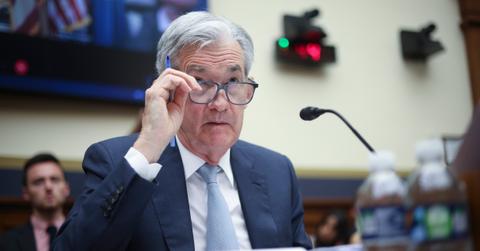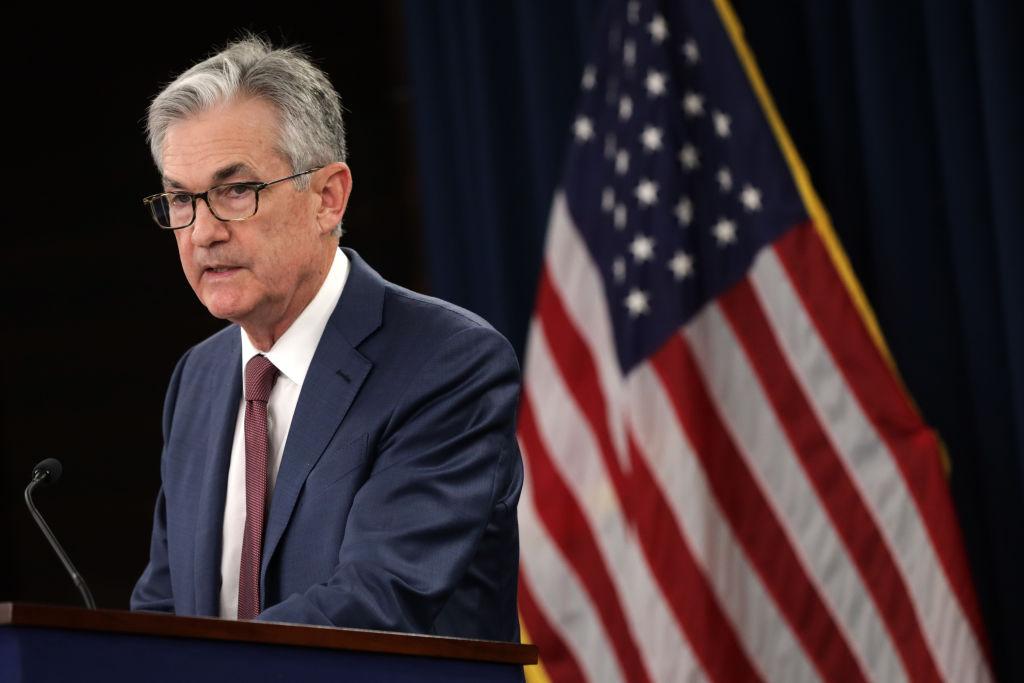Interest Rates May Stay Higher Until 2024, Plan Accordingly
How long will interest rates stay high? The Federal Reserve faces a dilemma of taming inflation while also not hurting the economy.
June 30 2022, Published 8:37 a.m. ET
Mortgage rates in the U.S. hit a record low in 2021. However, things have since turned upside down and mortgage rates hit a 14-year high in June. How long will interest rates stay high? The Federal Reserve faces a dilemma of taming inflation while also not hurting the economy too much.
Interest rates in the U.S. fell in 2020 after the Fed embarked on its most aggressive monetary policy easing amid the COVID-19 pandemic. It slashed the rates to zero-bound, announced bond purchases, and expanded its balance sheet as the U.S. Central Bank faced “whatever it takes moment” — like its counterparts globally.
Who sets interest rates in the U.S.?
The U.S. Federal Reserve sets interest rates in the country. The institution is generally free from political interference. Fed Chair Jerome Powell resisted calls from former President Donald Trump to not raise rates during his presidency.
The Fed has a dual mandate: Employment and inflation.
The Fed has a dual mandate to maintain stable prices and maximize employment. It also strives to maintain moderate long-term interest rates. In the past, the Fed targeted absolute inflation of 2 percent and raised rates when inflation rose over the threshold.
However, in 2020, the Fed changed its approach to targeting average inflation of 2 percent. This means that the Fed wouldn't raise interest rates as soon as inflation rises above 2 percent. The new policy, which was announced when the U.S. economy was battling the COVID-19 pandemic, provided relief to markets as it sent a signal that the Fed wouldn't raise rates until at least 2023.
Until about a year ago, many economists also thought that the Fed wouldn't raise rates until 2023. The Fed maintained that inflation was “transitory,” which in hindsight we know it wasn't.
The Federal Reserve started to raise interest rates in March 2022.
In March 2022, the Fed raised rates by 25 basis points and followed up with two more rate hikes of 50 basis points and 75 basis points, respectively. Powell has signaled that the Fed might raise rates by 75 basis points in July too. Overall, the dot plot calls for another 175 basis point rate hike in 2022.
Interest rates might stay higher in 2023 as well.
U.S. interest rates have risen steeply in 2022 and will likely stay higher in 2023 as well. The Fed has been front-loading its interest rate hikes, as is visible in the 75-basis point hike in June, which was the steepest increase since 1994. However, as the Fed is front-loading rate hikes, it won't be raising rates much in 2023.
The June dot plot calls for only about 40 basis point rate hikes in 2023. The March dot plot called for a 90 basis point rate hike in the year. However, amid the rise in inflation, the Fed now expects its policy rates at 3.8 percent at the end of 2023, which is 100 basis points higher than the March dot plot.
The Fed might not cut rates until 2024.
Under the base case scenario, the Fed isn't expected to cut rates for at least the next few years. U.S. inflation rose to a multi-decade high of 8.6 percent in May, which is over four times what the Fed is comfortable with.
There are signs that inflation is peaking. Commodity prices are dropping and slowing sales are prompting companies to reduce pricing. As the economy slows more, inflation might drop further. However, after having erred in waiting too long in raising rates, the Fed might not jump to cut rates in a hurry. Inflation has to come down significantly from these levels for Fed to cut rates again.
In 2020, Powell famously said, “We're not even thinking about thinking about raising rates.” To borrow the analogy, the U.S. Central Bank might not even think about a rate cut for the next few quarters.
Lock in rates before they rise more.
Mortgage rates are expected to rise more, and so are CD rates. Given the rising rate environment, investors would be better off in a floating rate or short-duration bond. Despite the recent plunge, long-dated bonds could see more pressure amid the rate hikes. I Bonds are another investment worth considering in a rising rate environment. It can deliver good yields at least for the next year.
If you're planning to buy a house, it might be better to wait. Housing prices are also expected to fall even if the market doesn't crash. You might get better mortgage rates if you wait a few years.


